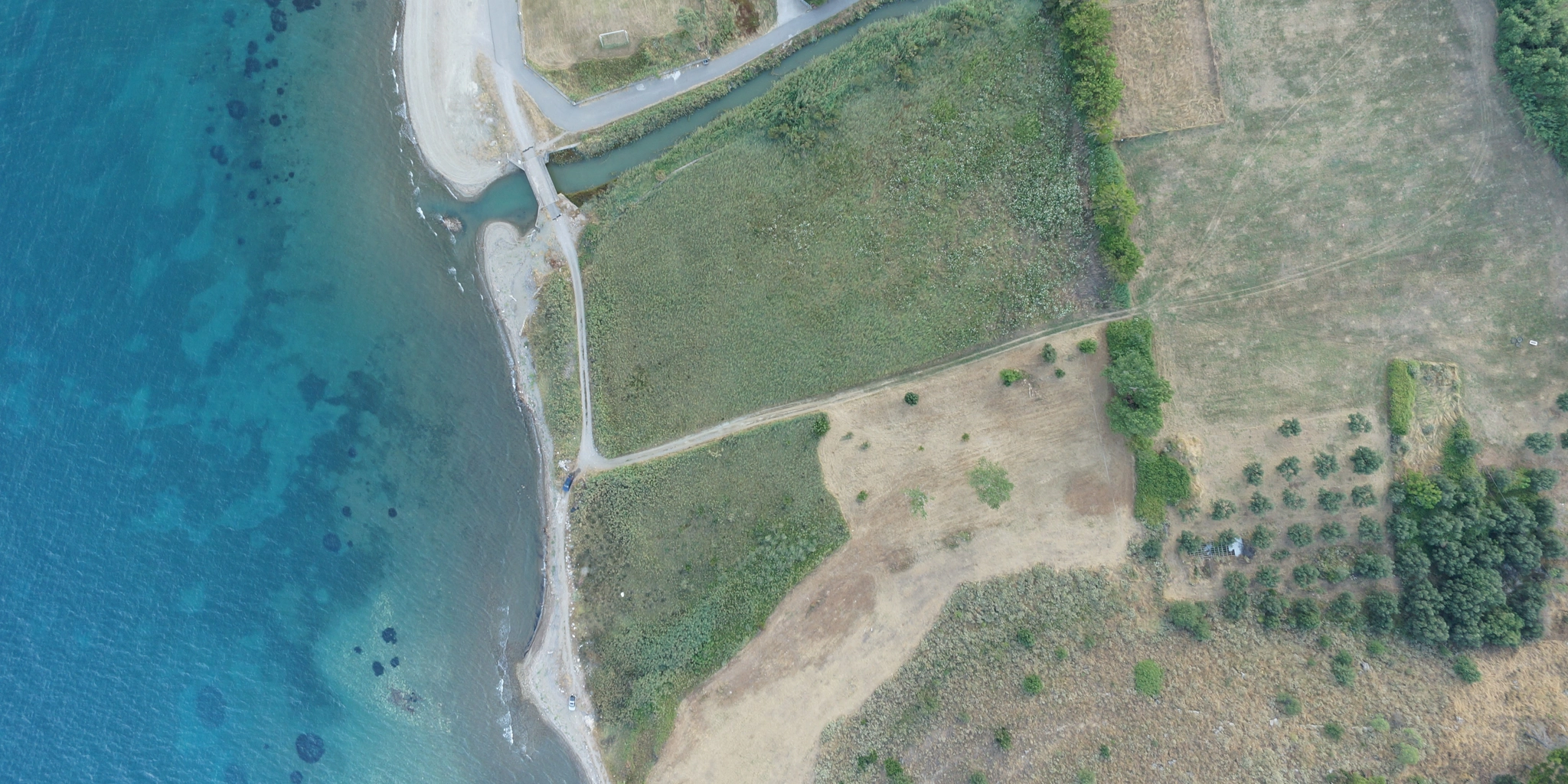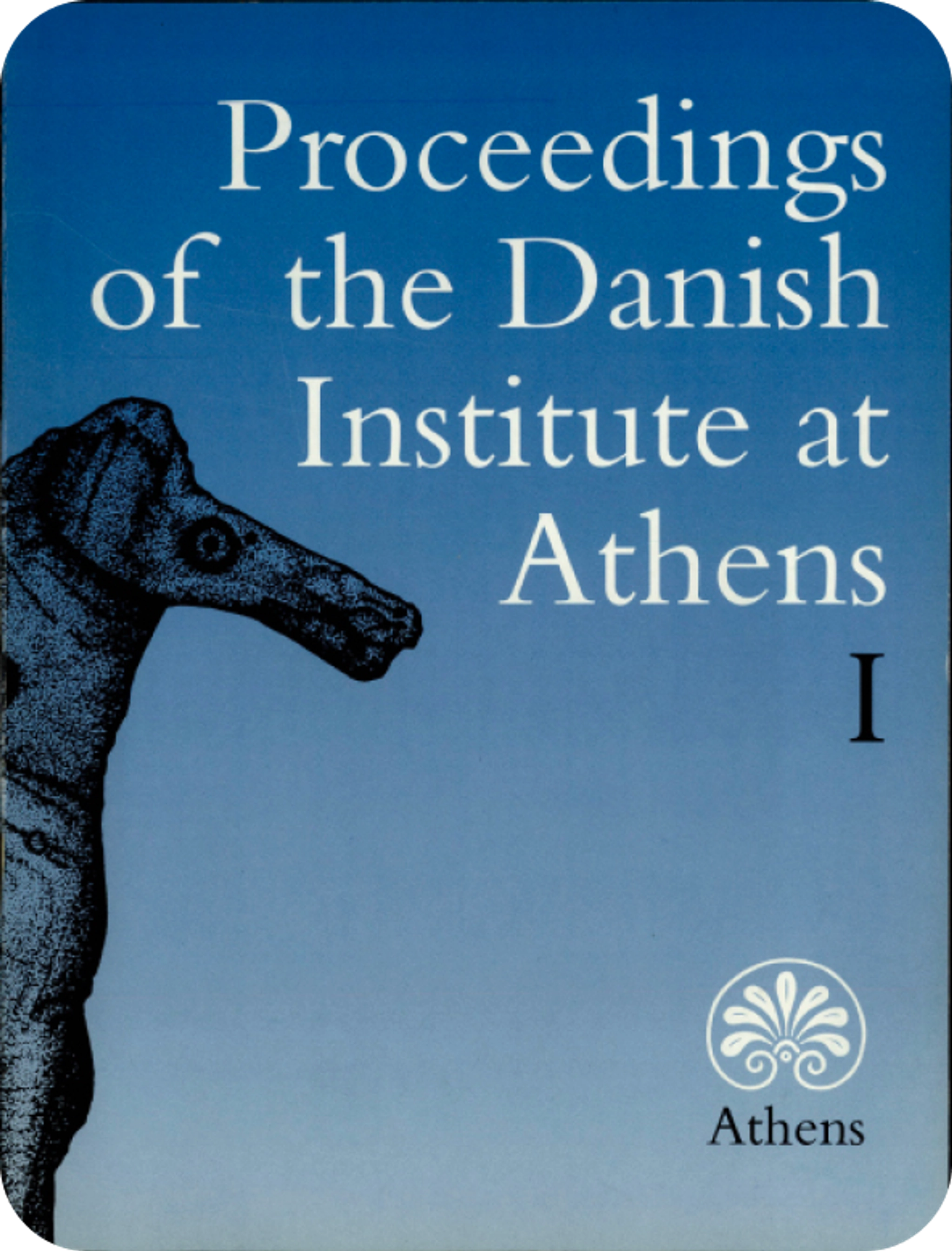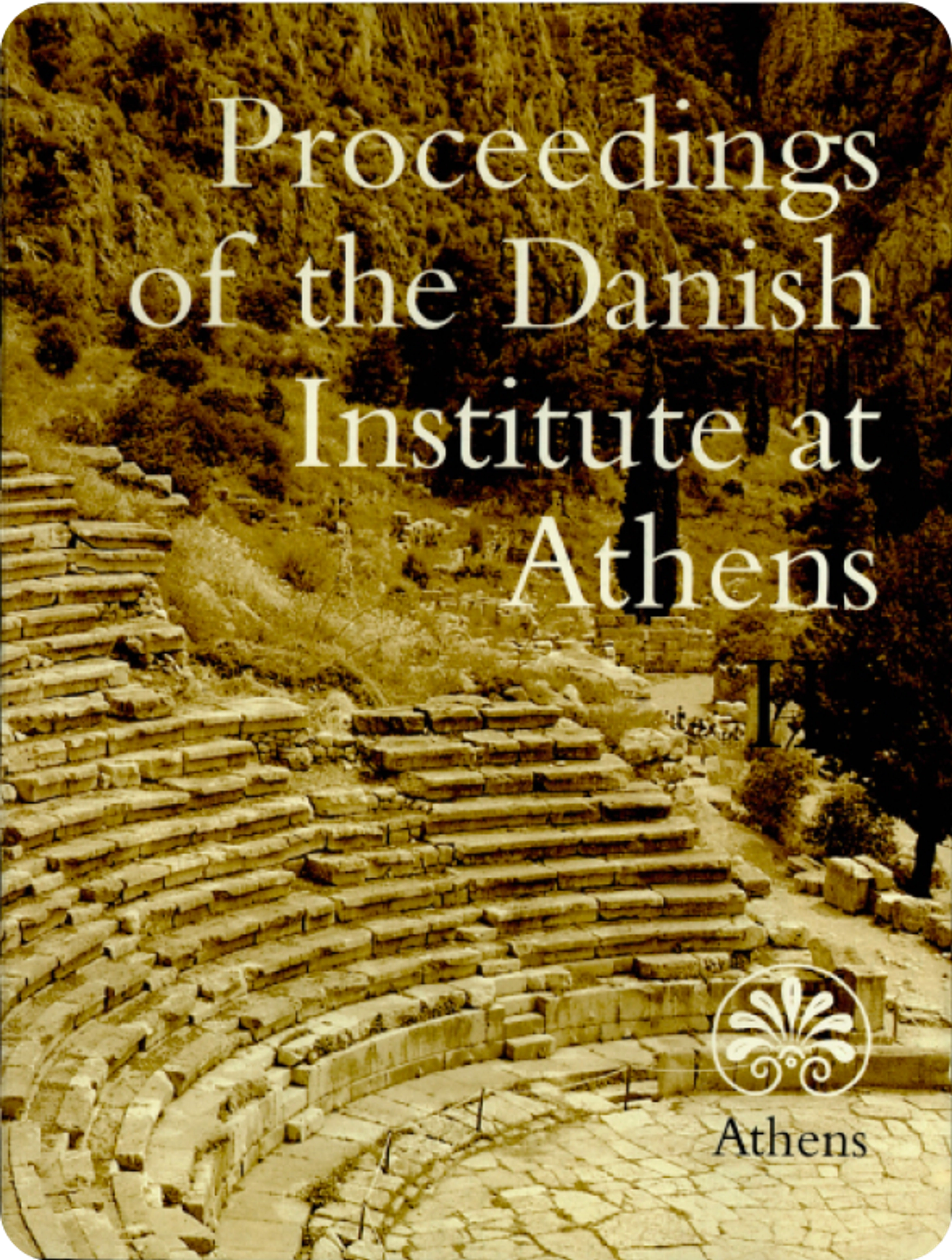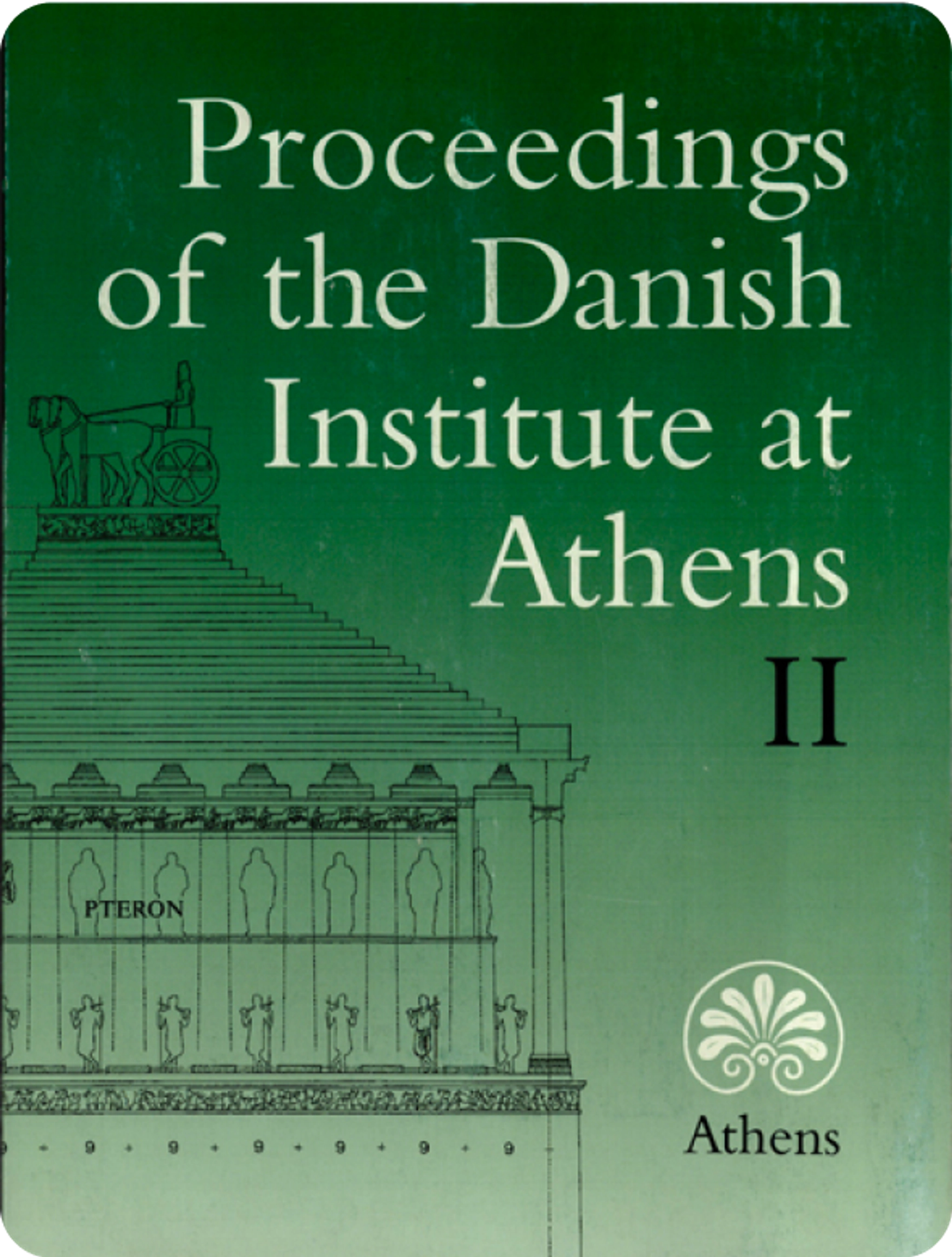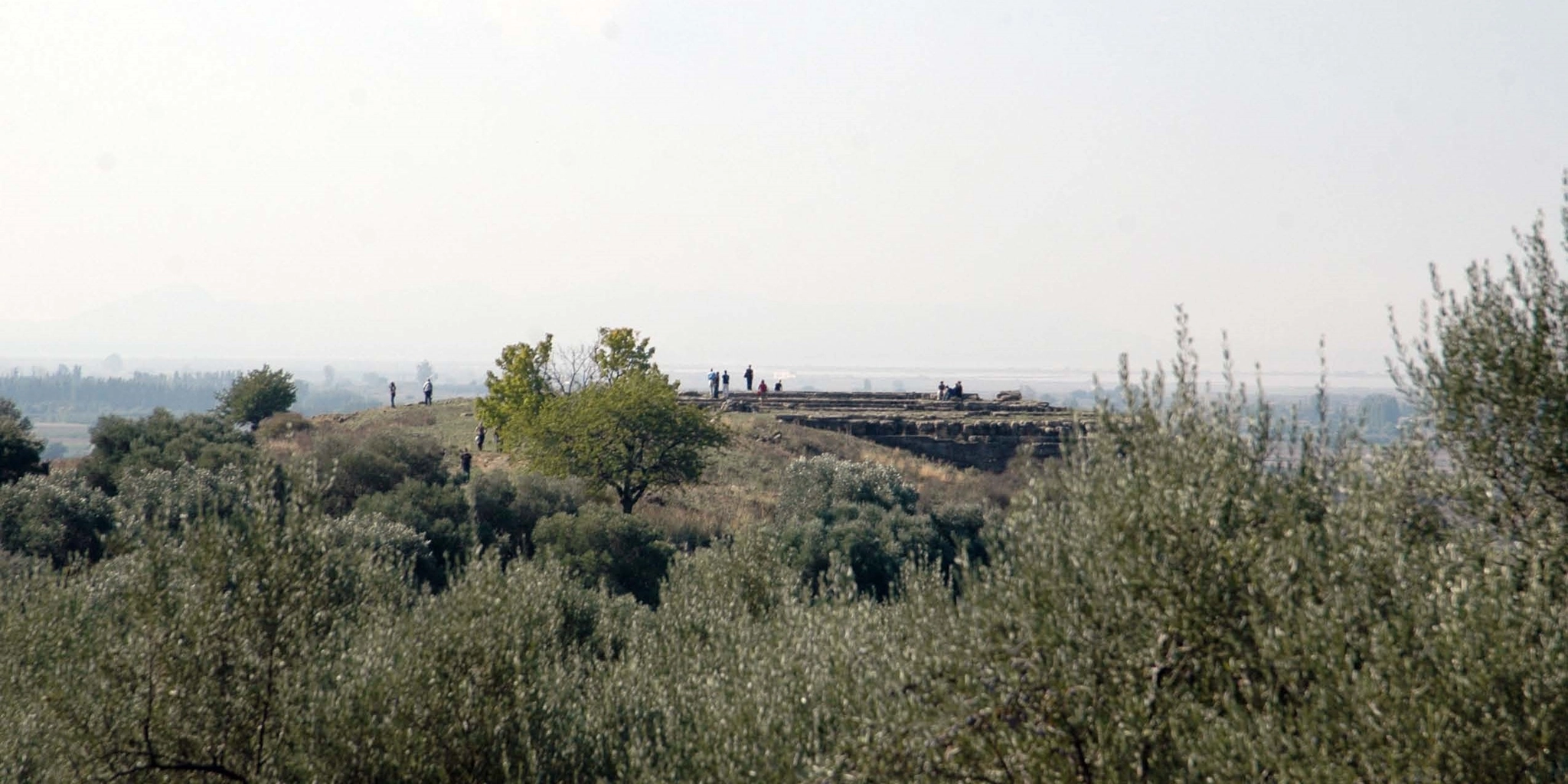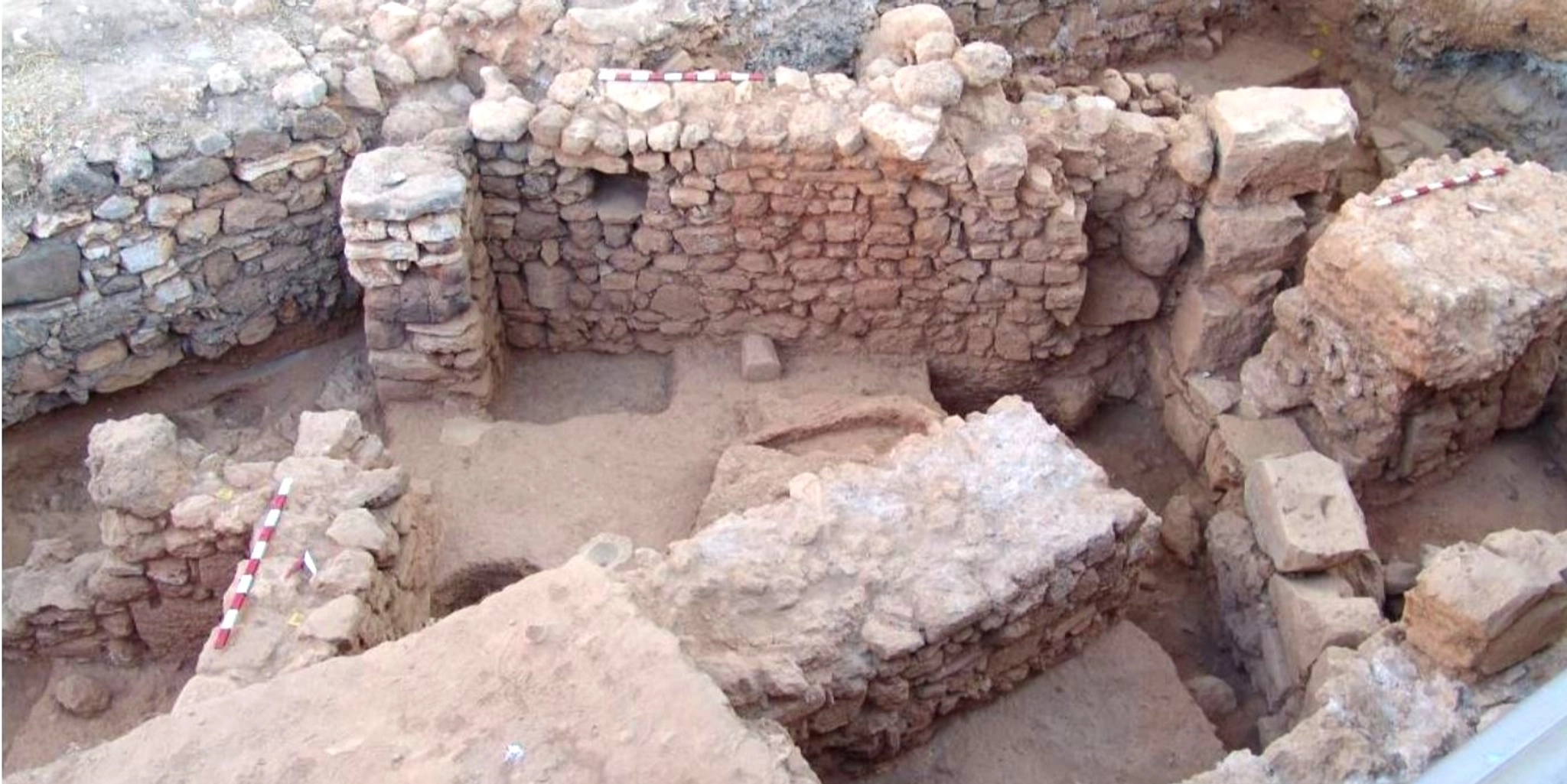
Nullam id dolor id nibh ultricies vehicula ut id elit. Nulla vitae elit libero, a pharetra augue.
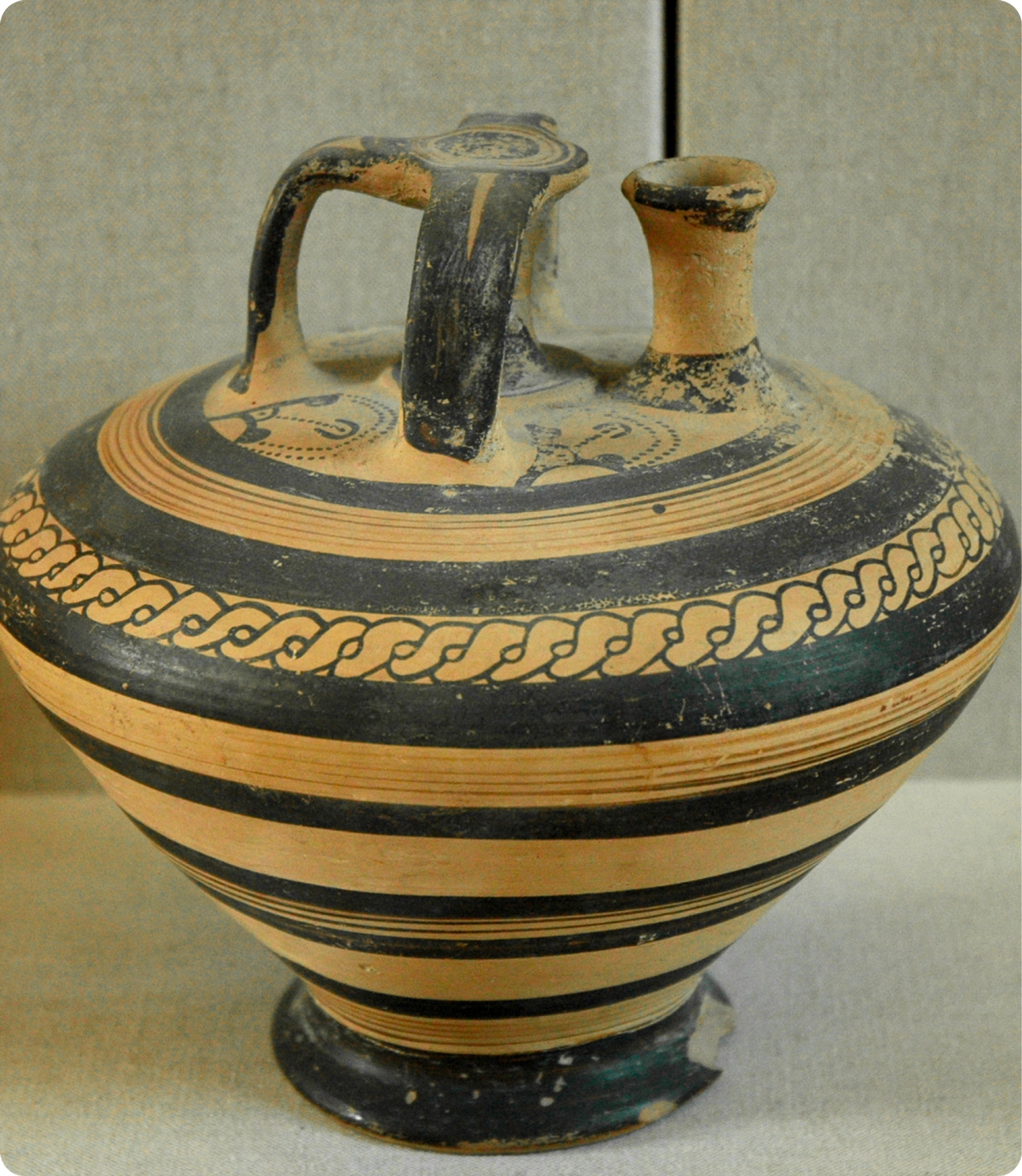
Picture of artefacts found at digging
During the 1995 campaign the two late Classical fortification walls at Pangali on the east side of the Varassova Mountain were measured and an intensive survey testified that the area between the two walls in historical times was used only during a shorter period in the 4th century BC.
PangaliThe well-preserved fortification walls were subsequently measured and drawn by the architect Mette Mouritzen.
Surprisingly, a late Neolithic settlement (4th mill. BC) with rich finds of pottery, flint-and obsidian tools, animal bones and marine shells, was found in the southern area of the Pangali tableland. A restricted trial excavation in 1996 confirmed the first impression of a very promising site.
Agia Triada, West Wall
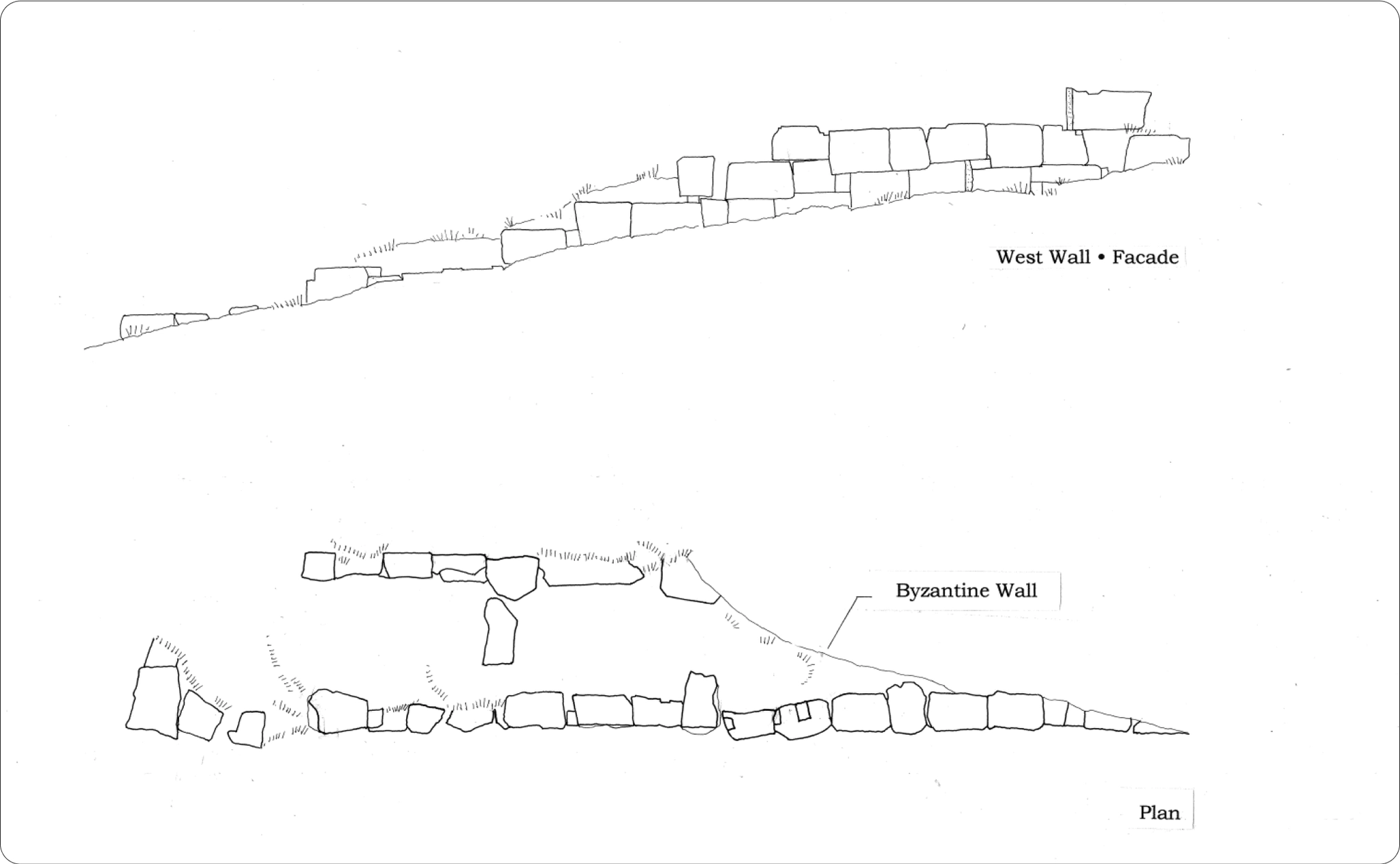
During the 1995 campaign and the following years, the Byzantine fortification walls on the mound of Aghia Triada, which is situated at and past the shore line, were partly cleaned and measured. The walls are probably contemporary with the early Christian, three-aisled basilica on top of the mound dating from the 7th century AD and from which the name of the mound derives. Outside the medieval walls, remains of terrace walls, probably constructed in Archaic times and simultaneously used to defend the Acropolis, were found. They were re-used, restored and reinforced in Classical and Hellenistic times. In the 4th century BC, large, 2.7-meter-broad double-faced, dry stone walls were constructed of lime stone ashlars quarried at mount Varassova, underlining the defensive character of the installations on the Acropolis in Antiquity.
The remains of workshops, storerooms and habitation buildings from Archaic, Classical and early Hellenistic times, were excavated on the broad terrace on the east side of the mound and, in the plain west of Aghia Triada, towards Kato Vasiliki, trial trenches in 1998 uncovered habitation layers up to four metres deep with rich Prehistoric habitations from the Early, Middle and Late Bronze Age and five to six superposed Archaic settlements. Significant investigations were continued during a further three campaigns until 2001. Geological examinations in 1997-1998 indicated that the ancient harbour mentioned by Thucydides, must have been located in the flat land west of the mound and that the habitation excavated was a part of the harbour district of the small Corinthian emporion. In 2000 a rich Hellenistic tomb was excavated close to the Archaic structures.
